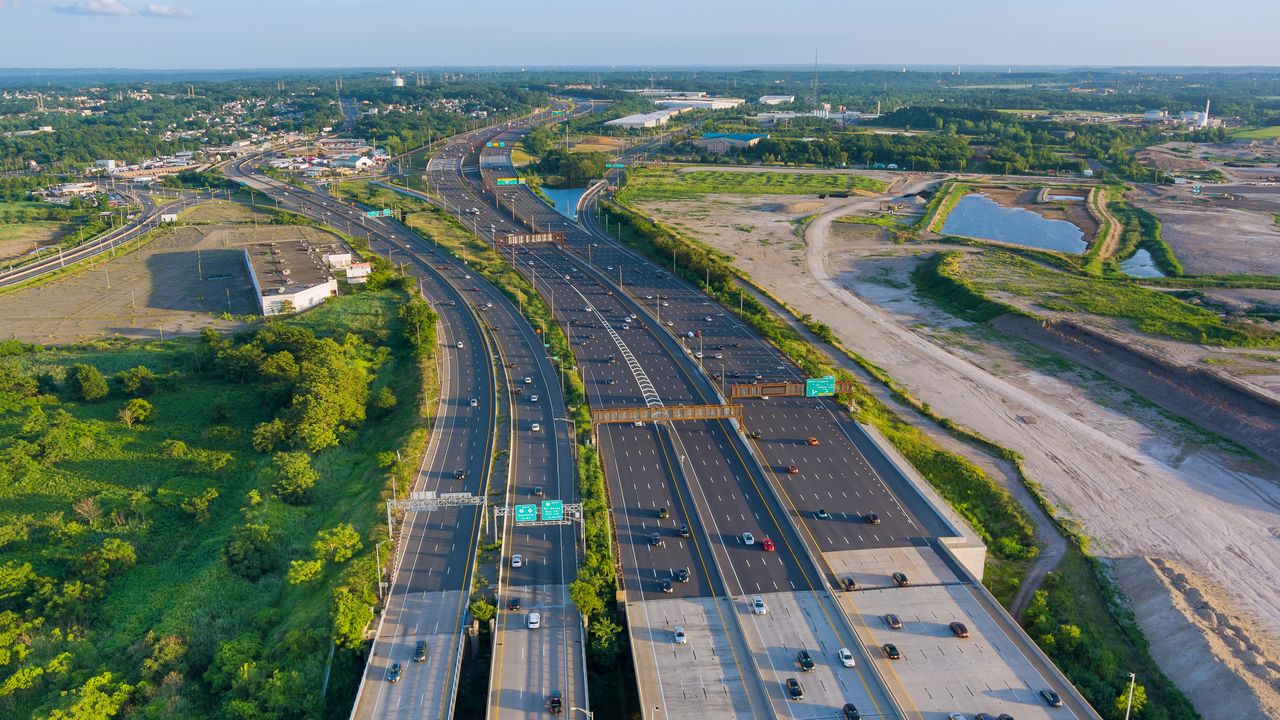Fast Charging vs. Slow Charging for Electric Vehicles: Which is Better?
As electric vehicles (EVs) become increasingly popular, one of the key concerns for potential buyers is the charging time. With the advancement in technology, EVs now offer faster charging options, but is fast charging always the best choice? In this article, we will explore the differences between fast charging and slow charging, particularly in the context of long-distance travel.
Understanding Fast Charging
Fast charging, also known as level 3 charging or DC fast charging, is a method that allows EVs to charge at a much higher power level compared to slow charging. This enables EV owners to charge their vehicles to 80% or more within a relatively short period, typically around 30 minutes.
Fast charging stations are usually found along major highways and in urban areas, making them suitable for long-distance travel. These stations utilize high-powered chargers that deliver a significant amount of electricity to the vehicle’s battery, allowing drivers to quickly top up their charge and continue their journey.
The Benefits of Fast Charging
Fast charging offers several advantages, especially for long-distance travel:
- Convenience: With fast charging, drivers can significantly reduce the time spent at charging stations, making long trips more feasible and convenient.
- Flexibility: Fast charging stations are becoming more widespread, making it easier for EV owners to find a charging point when needed.
- Range extension: Fast charging allows drivers to quickly add a substantial amount of range to their EV, making it possible to cover longer distances without worrying about running out of charge.
The Drawbacks of Fast Charging
While fast charging offers numerous benefits, there are a few drawbacks to consider:
- Cost: Fast charging stations are typically more expensive to use compared to slow charging options. This can add up, especially for frequent long-distance travelers.
- Battery degradation: Rapid charging generates more heat, which can potentially accelerate battery degradation over time. However, most modern EVs are designed to handle fast charging without significant negative impacts on the battery’s lifespan.
The Case for Slow Charging
Slow charging, also known as level 1 or level 2 charging, refers to the traditional charging method that utilizes a standard electrical outlet or a dedicated charging station. While slow charging takes considerably longer than fast charging, it has its own set of advantages:
- Lower cost: Slow charging is generally more affordable compared to fast charging, making it a budget-friendly option for EV owners.
- Battery longevity: Charging at a slower rate generates less heat, which can help prolong the lifespan of the battery.
Choosing the Right Charging Method
When it comes to long-distance travel, fast charging is undeniably the more practical choice. The ability to quickly add range and minimize charging time is crucial for covering significant distances. However, for daily commuting or shorter trips, slow charging may be sufficient, especially if you have access to a charging station at home or work.
Ultimately, the choice between fast charging and slow charging depends on your specific needs and usage patterns. It’s always a good idea to have a mix of both options available, ensuring you have the flexibility to charge your EV quickly when needed and take advantage of slower, cost-effective charging for routine use.
In Conclusion
Fast charging is ideal for long-distance travel, offering convenience, flexibility, and range extension. However, it comes at a higher cost and may potentially impact battery longevity. Slow charging, on the other hand, is more affordable and gentler on the battery, making it a suitable option for daily use and shorter trips. Consider your charging needs and usage patterns to determine the right balance between fast and slow charging for your electric vehicle.
